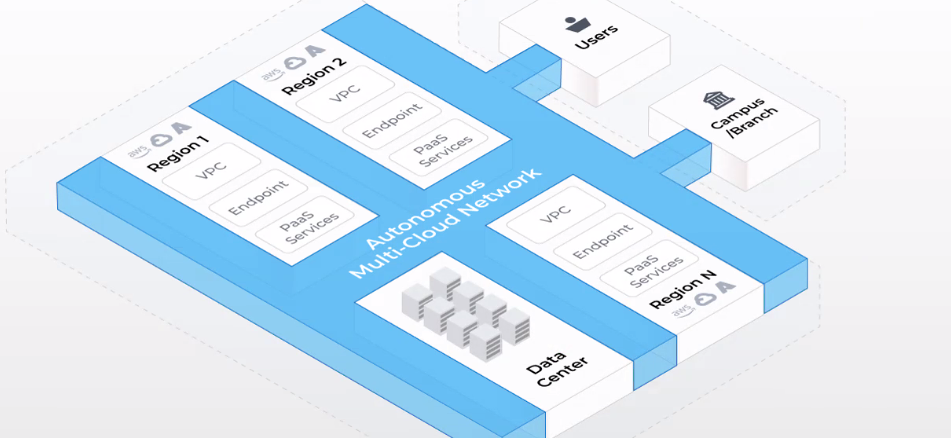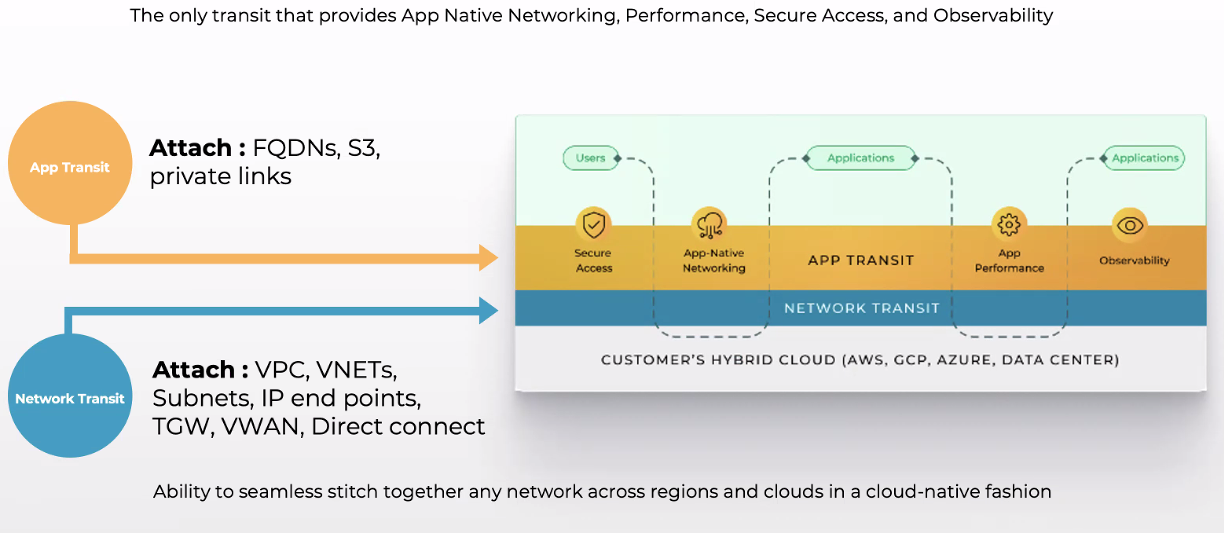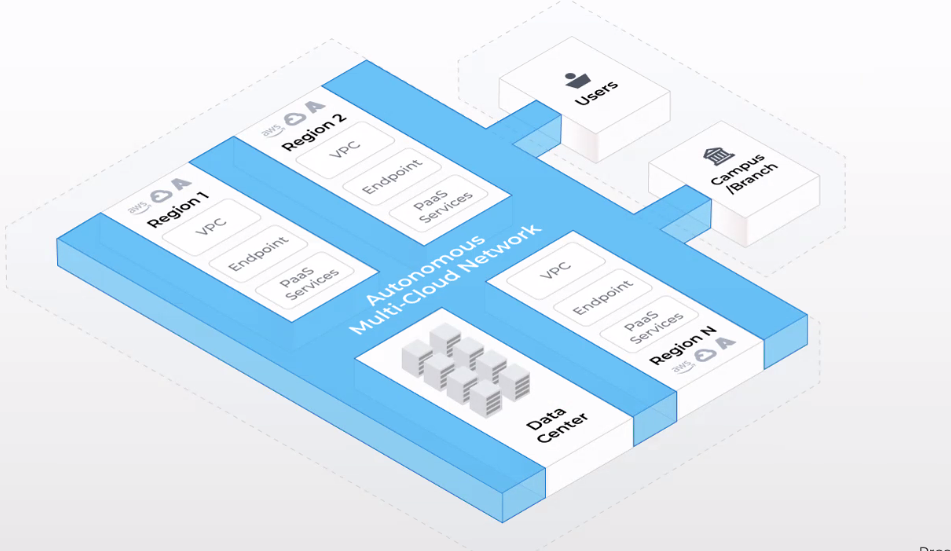
For most enterprises, the future of IT is infrastructure and systems software that spans multiple clouds, a combination of both disparate public clouds and their own private clouds. Ands that means they are going to need the tooling to monitor, manage, and provision seamlessly across a mix of infrastructure islands, stitching together a kind of Pangea at an abstract level.
Here is some data to back that assertion up: IT management software maker Flexera highlighted in its 2022 State of the Cloud report last month, showing that 89 percent of the more than 750 organizations surveyed said they had a multicloud strategy, with 80 percent of those adopting a hybrid cloud approach.
Flexibility, scalability and pricing are all included in the myriad reasons running workloads in the cloud. However, running applications and storing data in multiple cloud environments that have different technologies and policies can prove to be a a complex management challenge for organizations.
Startup Prosimo was launched in 2019 by the founders of software-defined WAN (SD-WAN) provider Viptela – which in 2017 was bought by Cisco Systems for $610 million – and brought in $25 million in funding a year ago, all with the goal of making networking in a multicloud world less complex. The company in April 2021 introduced its Application eXperience Infrastructure (AXI), a platform aimed at pulling together networking, performance security, observability and cost management into a single infrastructure stack.
Six months later, Prosimo added to AXI’s App Transit offering with such features as Fastlane and Autonomous Transit for improved performance and easy connectivity to cloud-native services like Amazon Web Services’ S3 cloud storage and RedShift data warehouse, Microsoft Azure Blob storage and Google Cloud’s BigQuery data warehouse.
The company this month is taking another step, introducing what it is calling its full-stack cloud transit concept that is driven by new features in its Network Transit and App Transit offerings to create a single architecture to manage their multicloud environments both in the cloud and in on-premises hybrid clouds that stretch back into the datacenter. Fueling this are insights driven by machine learning techniques to streamline and automate operations, support diverse applications and networks and leverage cloud-native gateways, points of presence (POPs) and cloud backbones.
Prosimo wants to enable enterprises to more quickly deliver services, reduce costs and reduce the friction that comes when running workloads in multiple clouds that may have different tools and policies, according to Mehul Patel, head of customer insights, intelligence and marketing at Prosimo.
“There’s no interconnect that really exists to and across clouds,” Patel tells The Next Platform. “You’ve got one VPC [virtual private cloud] that may require connectivity to a specific application endpoint and you may have a past service that’s connected to a datacenter. How do you instrument a single, consistent architecture that makes it happen? Enterprises that we’re speaking to are more and more strongly for that because the default approach mainly says, ‘Let me take what I know in the datacenter and try to replicate that’ or ‘Let me go to a native construct and let me try and build it on my own.’ Both things are doable, but as it gets to a certain point of scale, operationally and from a cost perspective, that’s really where the pain is coming from.”
Organizations are pushing for a single networking construct that can run not only between public clouds but also back to the datacenter and increasingly out to the edge, Mani Ganesan, head of products at Prosimo, tells The Next Platform. They are trying to manage and connect a range of legacy and modern applications across multiple clouds. Prosimo’s latest offerings are deliver a scalable and secure networking fabric to enable application-to-application connectivity and replication that is driven by machine learning-based insights into the needs of the workloads, Ganesan says.
Multicloud networking is a growing focus for enterprises. A Futuriom survey last fall found that 91 percent of 120 tech professionals said that such networking offerings will simplify and accelerate multicloud and hybrid cloud adoption among enterprises. Top cloud providers are expanding their networking services to address the distributed IT landscape and companies from Cisco and VMware to Aviatrix are partnering with the cloud players or running out their own technologies to address the networking demands arising from the multicloud push.
Prosimo is trying to differentiate itself from competitors with its single-stack approach, Ganesan says. Others are looking for ways to take their load balancers, API gateways, proxies and other network functions into the cloud and then stitch them together.
New features that make up part of Prosimo’s Full-Stack Network include the ability for enterprises to discover all of their cloud assets – such as VPCs, gateways and networks in the cloud – to onboard such assets via a single click and create network transit capabilities with segmentation for hybrid clouds, inter-region operations and cross-cloud demands.
There also is a real-time app transit map to view transit health based on such metrics application access, user trends, cost and performance, dynamic application segmentation to isolate or create tiers of applications based on an application ID, views of transactions and dynamic risk scoring and cloud-native orchestration across cloud environments, including AWS Cloud WAN as well as Azure Virtual WAN and Private Link.







Be the first to comment